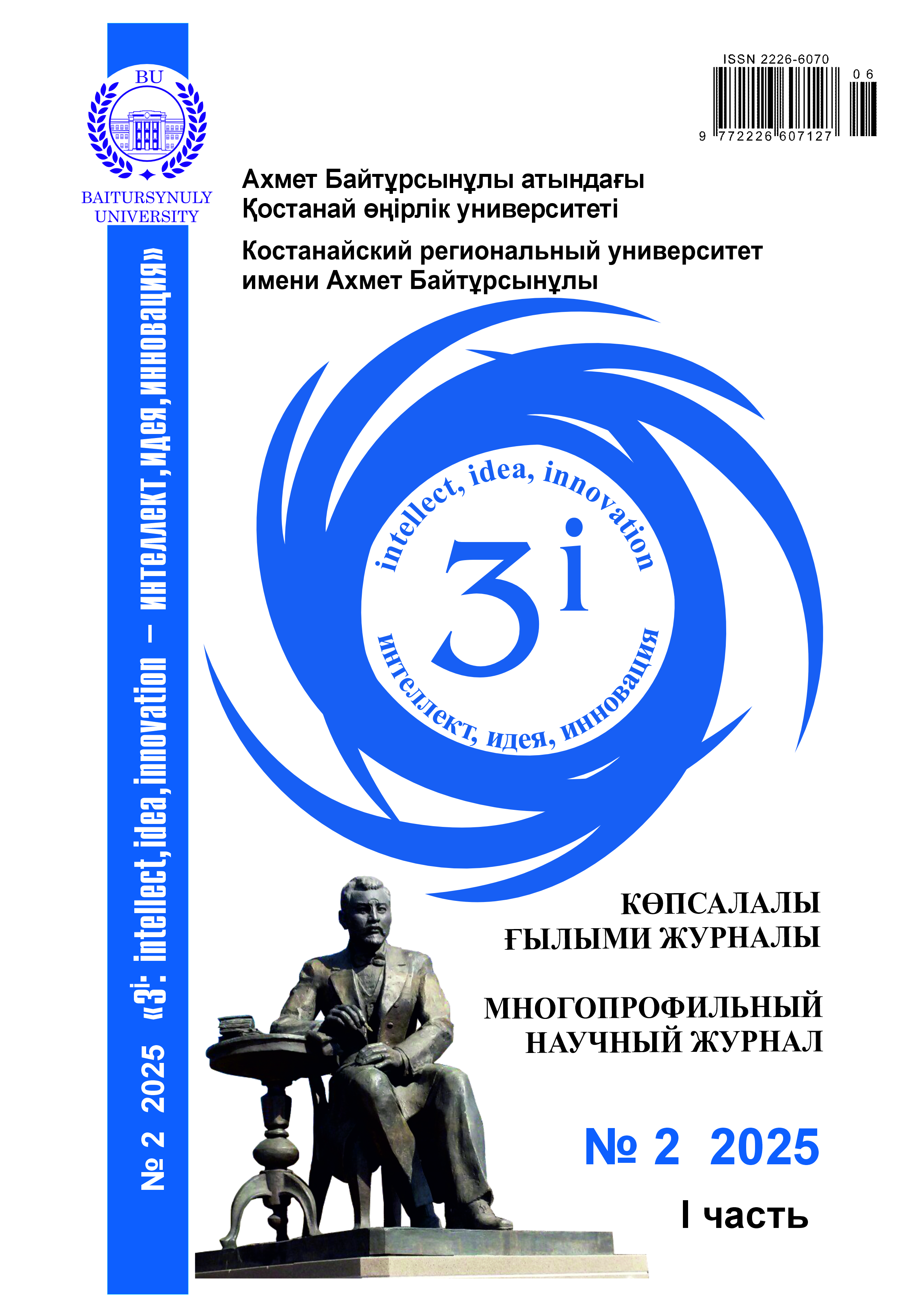METHODS FOR FORMING INITIAL BREEDING STOCK OF SPRING BARLEY
DOI:
https://doi.org/10.52269/RWEP2521189Keywords:
vegetation, variety, ear, size, shapeAbstract
In breeding programs, it is crucial to identify not only valuable sets of traits from a wide array of stock materials but also forms capable of reliably transmitting those traits to their offspring—traits that can demonstrate effective transgression, regardless of the hybridization strategy used. One of the key analytical approaches in crop breeding is the evaluation of the combining ability of a variety, which helps in assessing its genetic potential.
The concepts of general combining ability (GCA) and specific combining ability (SCA) were initially developed in the context of maize hybridization. GCA reflects the average performance of hybrid combination and is measured by the mean deviation of traits of the parental forms across all tested hybrids. In contrast, we used SCA concept to describe the average individual combination of parental forms, i.e. to assess their results, whether favorable or not.
The parental forms with strong combining ability facilitate the prediction of crossbreeding outcomes and enables breeders to focus on grouping promising materials, thereby avoiding method repetition and wasting time on studying hybrids of parent forms without practical value.
According to N.A. Duktova [1, pp. 21], in high-yielding varieties developed through hybridization of the most productive lines, there often arise substantial differences in selection traits (e.g., yield structure, vegetation period) and ecological-geographic groups. However, not all varieties are included into the sample pool and consistently express economically valuable traits, due to their hereditary nature. Therefore, above mentioned parameters are insufficient for ensuring desirable offspring derived from genotypes. This highlights the critical importance of assessing how economically significant traits are inherited by hybrids, through the systematic evaluation of the combining abilities of parental forms.




